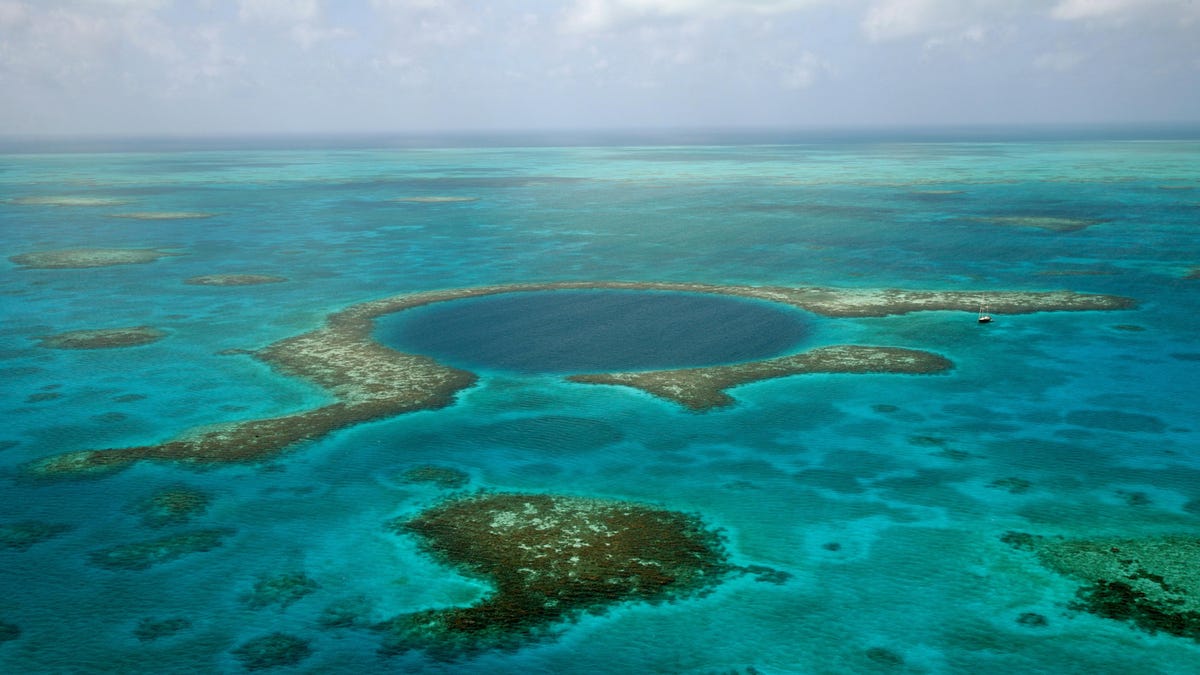Discovery of the Deepest Blue Hole in the World
Researchers have made a groundbreaking discovery in the depths of Mexico’s Chetumal Bay – the Taam Ja’ Blue Hole. This underwater marvel has been measured at a staggering depth of 1,378 feet (420 meters) below sea level, making it the deepest known blue hole on the planet. Unlike regular sinkholes, blue holes are massive underwater formations that occur when limestone bedrock collapses, creating awe-inspiring underwater chasms.
The Enigmatic Taam Ja’ Blue Hole
The Taam Ja’ Blue Hole is situated near the border between Mexico and Belize, off Tamalcab Island. This location is in close proximity to several other blue holes in Chetumal Bay, adding to the mystique of the region. Recently published findings in Frontiers in Marine Science shed light on the depth of Taam Ja’ and how ocean currents interact with this enigmatic structure.
Surpassing the renowned Dragon Hole in the South China Sea, which was previously considered the deepest blue hole, Taam Ja’ has set a new record in the world of underwater sinkholes. Its depth far exceeds that of Dean’s Blue Hole by over 300 feet, with Taam Ja’ being more than twice as deep as this former title-holder.
Scientific Exploration and Intriguing Discoveries
In December 2023, researchers utilized a sophisticated CTD profiler to measure the Taam Ja’ Blue Hole accurately. This device, capable of analyzing conductivity, temperature, and depth, provided vital information about the sinkhole’s hydrographic characteristics. By comparing these data with water layers in other marine environments, the team discovered possible subterranean connections within the depths of the blue hole.
Interestingly, observations from the CTD profiler revealed a significant increase in water temperature and salinity at a depth of around 1,312 feet (400 meters) below sea level. Scientists postulated that this anomaly could be linked to volcanic, tectonic, or geothermal activities occurring deep within the sinkhole.
Furthermore, researchers pointed out that Taam Ja’ might extend even deeper than their current measurements suggest, drawing parallels with the immense depth of the Krubera-Voronya cave system. This comparison underscored the importance of further exploration and study of the intricate geological structures present in the underwater realm.
In essence, the discovery of Taam Ja’ Blue Hole marks a significant milestone in our understanding of underwater karst formations. The quest to unravel the mysteries of this abyssal chasm continues to captivate the scientific community, promising new insights into the interconnected systems of caves and tunnels that lie beneath the surface.
Image/Photo credit: source url





